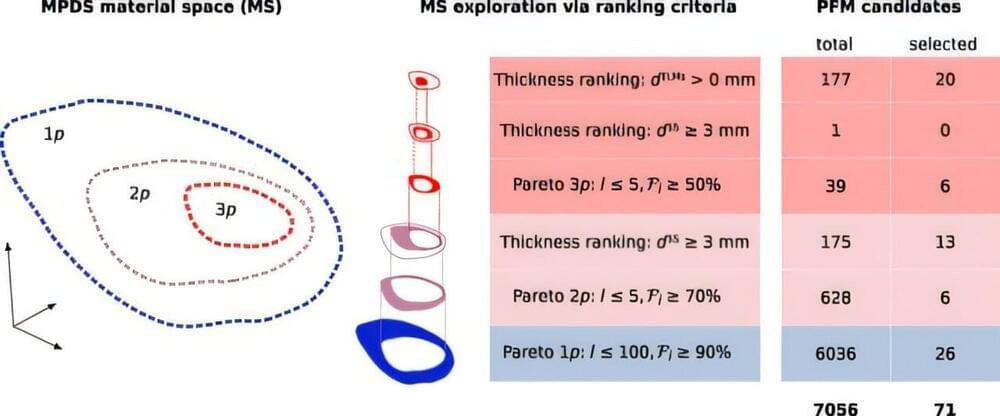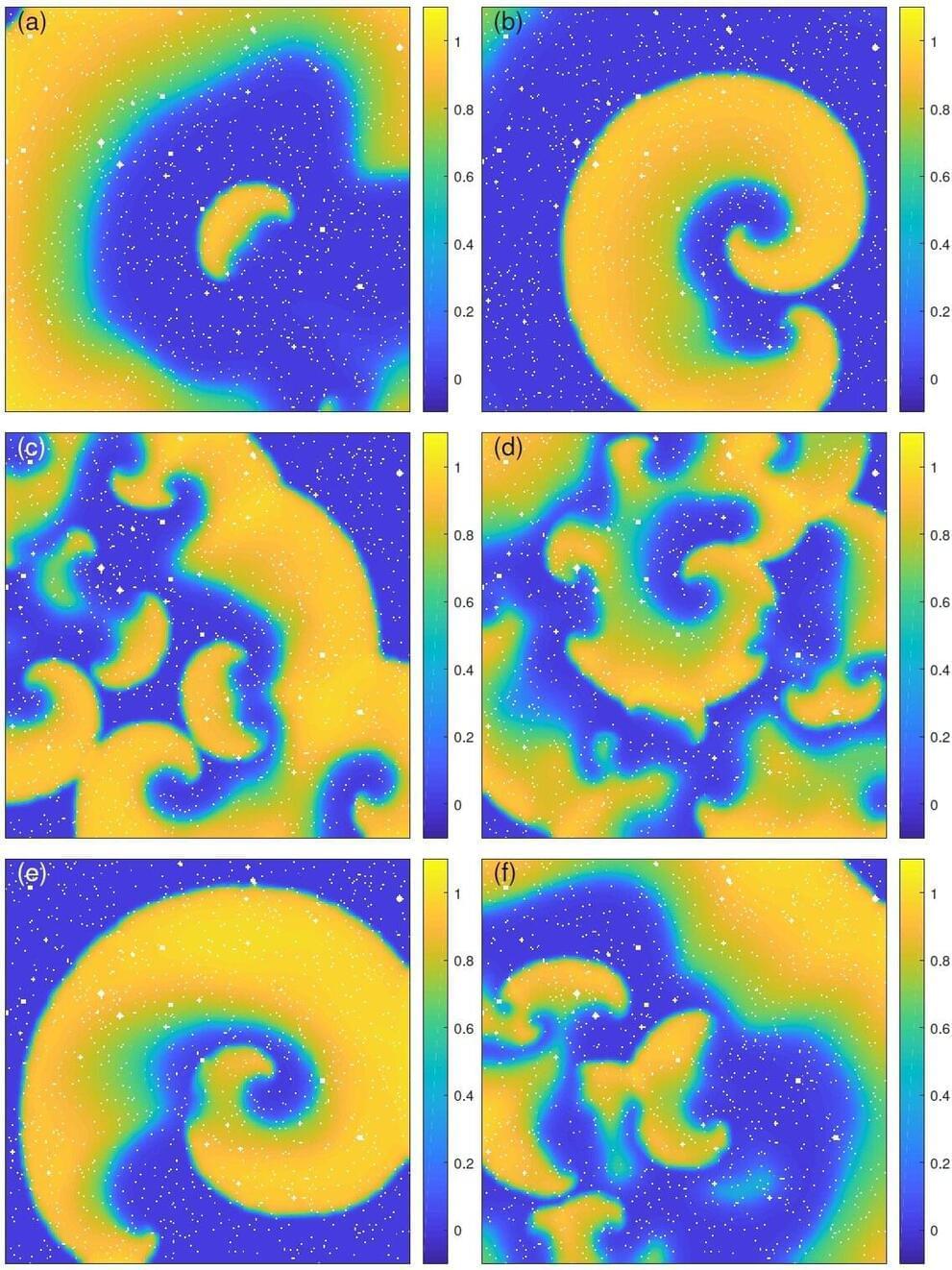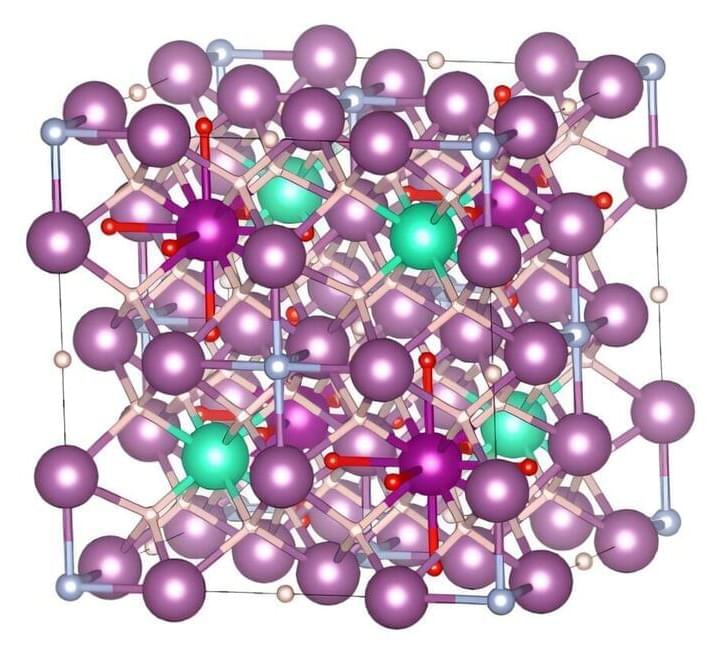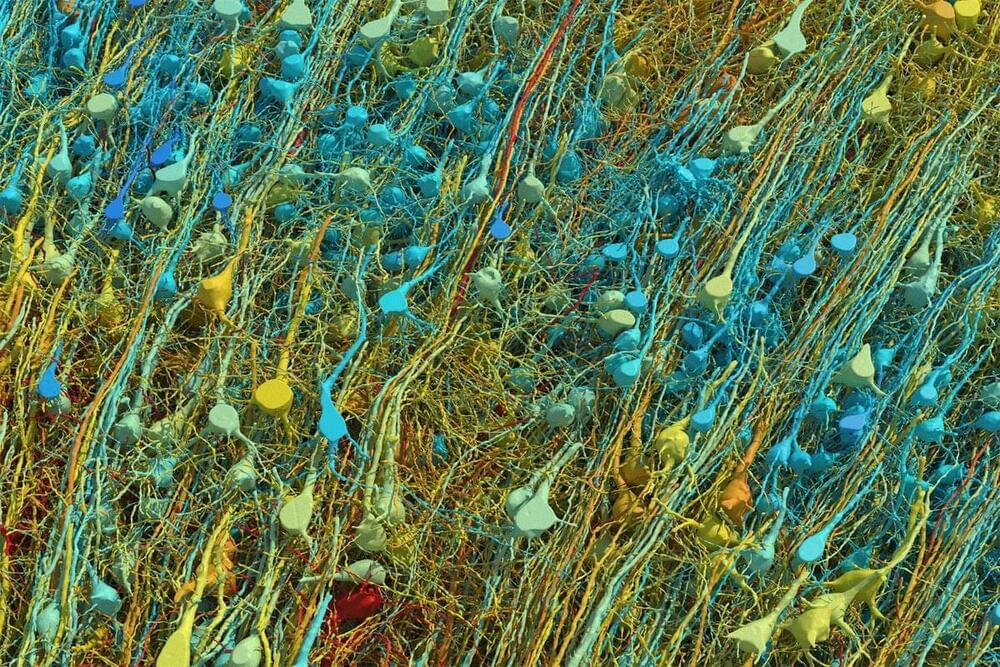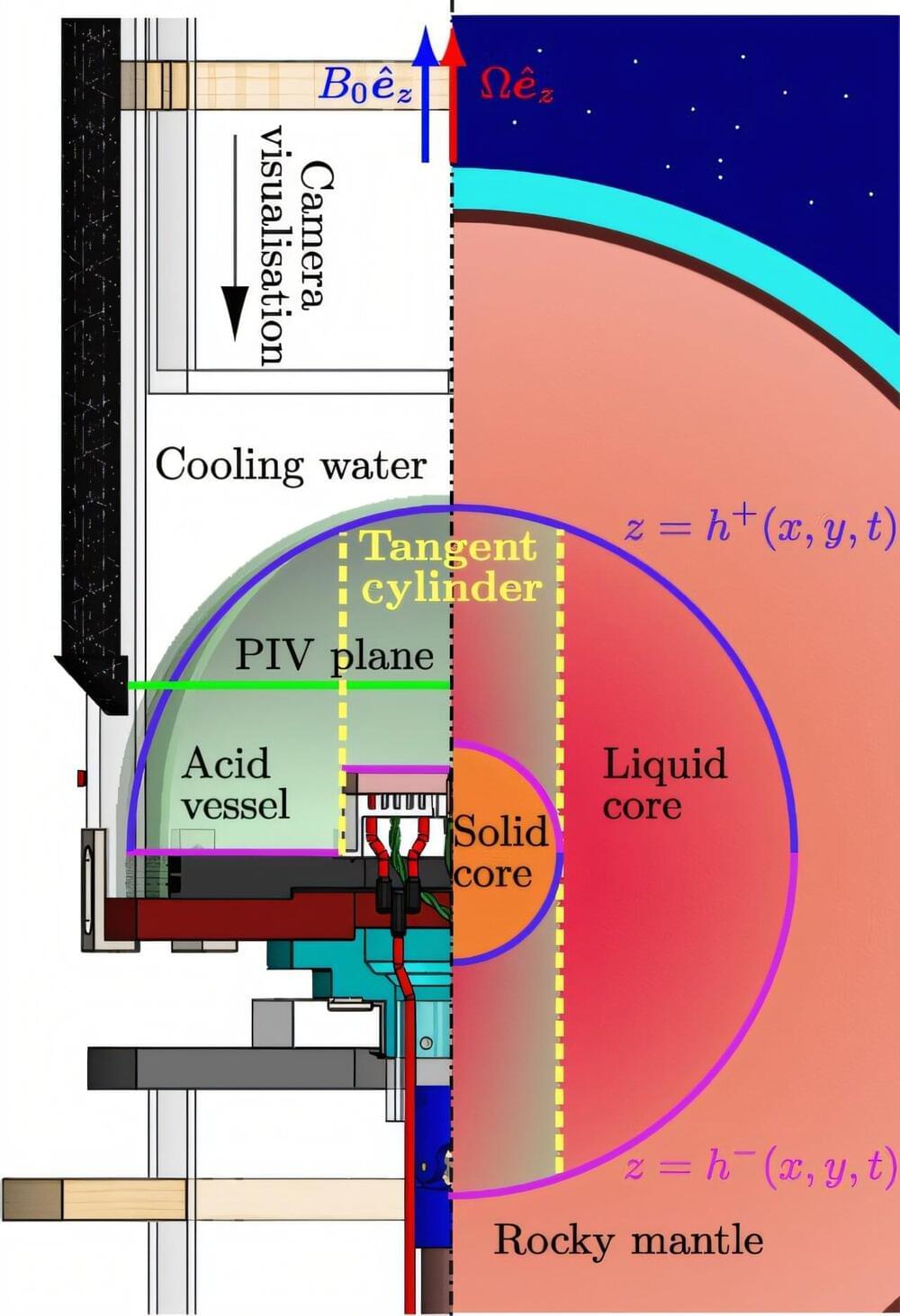Physicists at the Max Planck Institute for Dynamics and Self-Organization (MPI-DS) have investigated to which extent a piece of music can evoke expectations about its progression. They were able to determine differences in how far compositions of different composers can be anticipated. In total, the scientists quantitatively analyzed more than 550 pieces from classical and jazz music.

